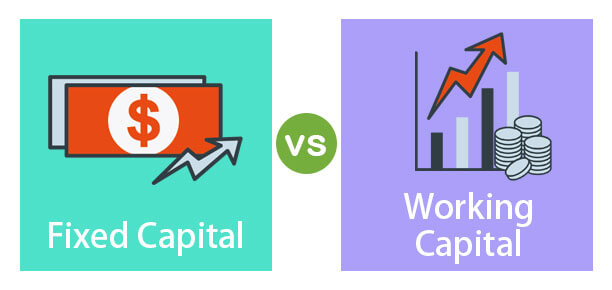ASSETS:
Lets discuss about Assets,
FICTITIOUS ASSETS:
Which creates present and future some economic value is called an asset.
The valuable things owned by the business are known as assets. These are the properties owned by the business.
CLASSIFICATION OF ASSETS:
- Fixed assets
- Liquid assets
- Fictitious assets
- Intangible assets
- Wasting assets
 |
| accountinglifecycle.blogspot.com |
Lets discuss about Assets,
FIXED ASSETS:
- These assets are acquired for long-term use in the business.They are not meant for resale.
- The term fixed assets generally refers to the long-term assets and tangible assets.
- Land and buildings, plant and machinery, vehicles and furniture etc., are some of the examples of fixed assets.
Tangible assets are physical, they include cash, inventory, vehicles, equipment, buildings and investments.
Intangible assets do not exist in physical form and include things like accounts receivable, prepaid expenses, and patents and goodwill.
LIQUID ASSETS:
- These assets also known as circulating , fluctuating or current assets.
- These assets can be converted into cash as early as possible.
- Current assets are cash, bank balance, debtors, stock, investments.
 |
- Fictitious assets are those assets, which do not have physical form. They do not have any real value.
- The examples of these assets are loss on issue of shares, preliminary expenses etc.
- Wasting assets are those assets which are consumed through being worked or used.
- Mines are the examples of wasting assets.
CAPITAL:
Capital consists of all current assets and fixed assets. Cash in hand, cash at bank, buildings, plant and furniture etc., are the capital of the business.
Capital is classified as,
- Fixed capital
- Working capital
Fixed capital:
- The amount invested in acquiring fixed assets is called fixed capital.
- Plant and machinery, vehicles, furniture and buildings etc,. are some of the examples for fixed capital.
 |
Working capital:
- The part of capital available with the firm for day-to-day working of the business is known as working capital.
- Working capital can also be expressed as,
LIABILITIES:
Liabilities are the obligations or debt payable by the enterprise in future in the form of money or goods.
Liabilities are can be classified as,
- Fixed liabilities
- Current liabilities
- Contingent liabilities
- These liabilities are payable generally, after a long-period.
- Capital loans, debentures, mortgage loans etc., are examples of fixed liabilities.
- Liabilities payable within a year are termed as current liabilities.
- The value of these liabilities goes on changing. Creditors, bills payable and outstanding expenses etc., are current liabilities.
- These are not the real liabilities. Future events can only decide whether it is really a liability or not.
- Due to their uncertainty, these liabilities are termed as contingent or doubtful liabilities.

No comments:
Post a Comment